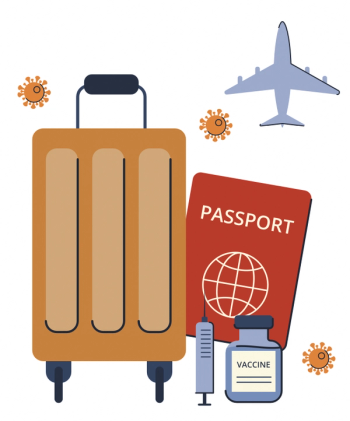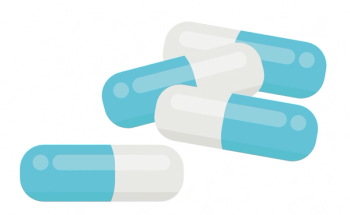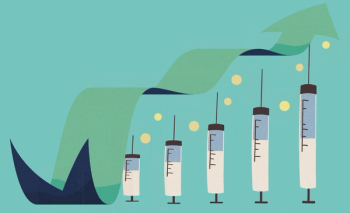
September 2021


This month's case studies include questions about continuous glucose monitoring, diabetes neuropathic pain, diabetes and colds, and smoking cessation.

How would you respond to these situations?

Education is key to providing information about proper techniques and bolstering patient safety.

Policy makers should consider structural incentives to improve generic drug access, investigators say.

Pharmacists can assess patients' needs, evaluate what is required for specific destinations, and provide relevant resources.

This month's featured products include empagliflozin, finerenone, and more.

Digital health tools improve patient outcomes while expanding career opportunities for pharmacists.

This month's featured products include an infants' pain and fever reducer, daily supplements for nerve care and pain, and more.

DEA seizure of large-scale narcotics points to potential drug diversion in supply chain.

Doctors and pharmacists discuss OTC and prescription treatment options and use during webcast.

COVID-19 may change how stress for women in the pharmacy profession is viewed.

This month's featured products include desipramine hydrochloride tablets, fingolimod capsules, and more.

New legislation allows community pharmacies to improve medication access in an outpatient setting.

Identity of business as source of medications supply can be kept confidential, supreme court rules.

Pharmacists should provide both verbal education and written instructions, so mistakes do not occur.


But the good news is treatments can be tailored for patients with the chronic behavioral condition.

Pharmacists can review clinical evidence and CDC recommendations before providing information.

Although most Americans live close to a pharmacy, vaccination rates remain suboptimal.

But will policy and program administrators make optimal use of existing primary care and pharmacy systems?


According to the CDC, immunization against deadly diseases saves 2 million to 3 million lives per year.






